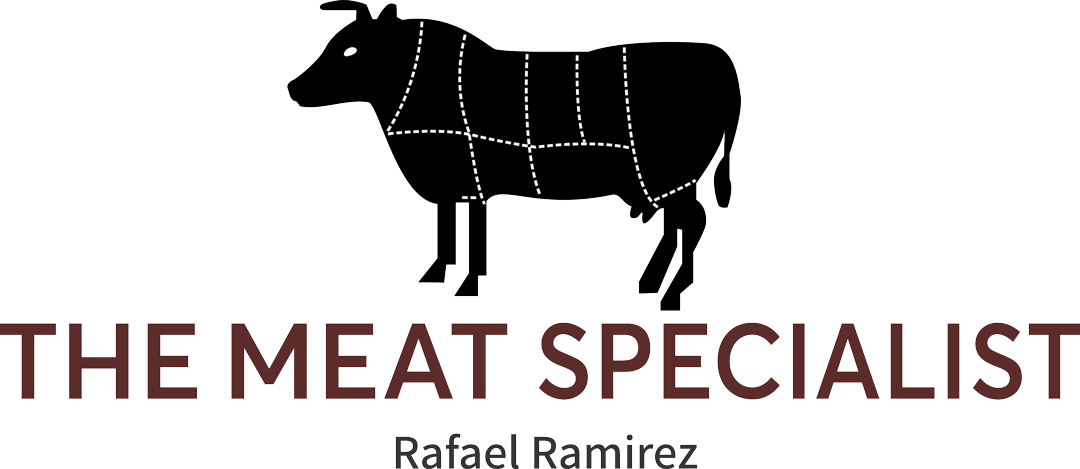Consumers are constantly changing. As a result, all segments of the meat industry need to continue to change the way they communicate and market to those consumers to stay successful.
This was the underlying message of a session titled, “Tomorrow’s Meat Consumers: Driving Trends and Disrupting the Industry,” presented by Midan Marketing Managing Principals Danette Amstein and Michael Uetz during the North American Meat Institute’s Meat Industry Summit in San Antonio, recently.
The primary message the two delivered during their presentation was that understanding the consumer was the key to success in the changing meat industry.
Key observations are the meat industry is not going to own the ‘centre of the plate, like we used to own it. Nor are we going to own ‘share of stomach’ like we have in the past. We need to know our consumers to remain in this industry … in order to stay relevant.
We need to be guided by what’s in the consumer’s mindset and what drives them to make purchases on a daily basis,. If we don’t keep that in mind, no matter where we are in the food system, we are going to miss out.
For many years, Generation X (those born between the early 60s to the late 70s) has been considered the forgotten generation — marketing and communication is rarely directed toward this group. However, the baby boomers are the forgotten generation when it comes to the meat industry.
As an industry we aren’t doing a great job of following boomers through their transition to their golden years,. We aren’t focused on their nutritional needs, we aren’t focused on their needs with the package sizes they are looking for. We need to pay more attention to this group of consumers.
Of course, understanding the millennial consumer is also important. Shortly, for the first time, millennials will take over boomers in numbers,. Millennials want to be able to relate to the products they purchase.
They are ‘connected’ and want to understand as much as they can about the products they are buying.
This translates to opportunities for the meat industry when it comes to marketing and communication.
Generation Z (those born after 1996) are very social, highly educated, think about the environment, want to give back, have never known a time without a computer and look to social networks for advice on what to buy. Ninety-six per cent of this generation has a cell phone and at least half are connected to the internet at least 10 hours a day.
In our work, The Meat Specialist has observed four macro trends to consider while trying to reach today’s changing consumers: Educated eating; sustainability and the environment; transparency; and big data and technology.
“Consumers are moving health and wellness from being a fad to being mainstream,” Ms. Amstein said. “They are becoming more conscious, more intentional about health. They’re looking for their customized meat product.”
Today’s consumers are shopping for meat products that satisfy their specific needs.
The latest Power of Meat Study revealed that sales were up 4% to 5% for meat products that had a claim on their package (such as grass-fed, organic, antibiotic-free, etc.) over conventional meat products that made no claims.
The good news for the meat industry is that consumers are thinking about protein more than ever before. The bad news is that today, when consumers think of protein they don’t only think of meat.
We are losing the battle to claim protein as our own. It used to be when consumers said protein they equated it to meat, now it equates to all sorts of products. We have to figure out how to point out the differences in the value of the protein that we can offer in meat products.
Today’s consumer not only talks about protein differently but sustainability, too. Sustainability is a hot button issue both for the meat industry and its consumers, but not everyone talks about the topics in the same way.
Research shows consumers use different words to describe sustainability, that corporations do.
There is some education that’s going to have to take place when it comes to sustainability. We, as an industry, are going to have some work to do on educating consumers on what sustainability really means.
Communicating about sustainability goes hand-in-hand with the need for transparency with consumers in the meat industry.
If you think about transparency it’s really about truth and trust. If your end user doesn’t trust your company and your product, the sale isn’t going to happen.
Consumers care about the companies where the products they consume come from.
Millennial mothers lead the way with the transparency movement. Eighty-six per cent would pay more for a product with full transparency.


Recent Comments